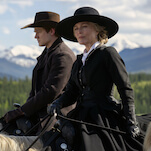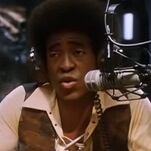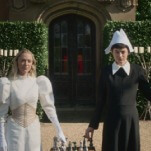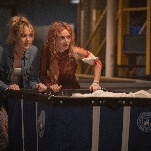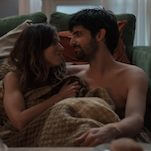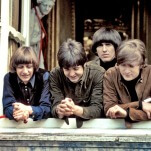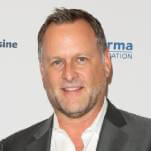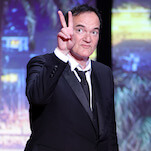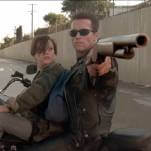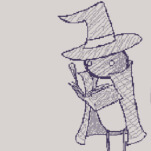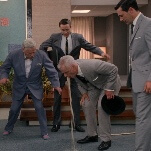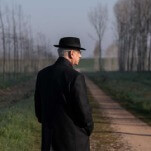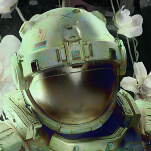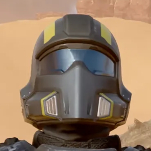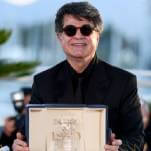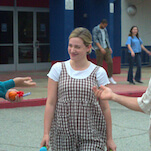Hollywood geopolitical thrillers set after the Cold War have two options: go Middle Eastern or go retro, evoking the USSR by picking a viable stand-in. Jack Ryan: Shadow Recruit—the fourth attempt in 25 years at building a franchise around the titular Tom Clancy character—splits the difference. Its script, which isn’t based on a Clancy novel, started as an Arab-world espionage thriller before being rewritten to accommodate a Cold War-nostalgia-friendly Russian setting. As a result, the movie is an awkward amalgam of tropes from two different sub-genres, with terrorist sleeper cells and gangster oligarchs operating side by side.
A movie doesn’t have to be original to be entertaining; surefooted direction can energize the most clichéd material. Suspense, however, isn’t Kenneth Branagh’s strong suit. The actor-director, who also plays Jack Ryan’s villain, is fond of visual quirks (his last film, Thor, was chock full of canted angles) that create a patina of eccentricity, but don’t function in any meaningful way. Jack Ryan has a few of these oddball flourishes—a double lens flare which obscures everything else in the frame, a hard dolly-in during a stabbing—but when it comes to the movie’s centerpiece scenes, Branagh keeps things bland. The major action sequences—several car chases, a shoot-out, and a break-in at a high-tech skyscraper that probably seemed less out-of-place when the project was set in Dubai—are messy and uninvolving, composed largely in disorienting telephoto-lens handheld shots. The more dialogue-heavy scenes stick to the familiar formula of a composed master shot followed by indifferently framed close-ups of whoever is doing the talking. The most egregious cliché of the genre—unnecessary explanatory text—pops up again and again, informing viewers that the Statue Of Liberty is in New York City and Big Ben is in London. Yet its most insulting iteration comes early on, when a scene set on September 11, 2001, is followed by an explanatory intertitle—“2003 – 18 months later”—which seems to exist for the benefit of viewers who either can’t do math or don’t recall what year 9/11 happened.
Jack Ryan’s blandness is a shame, because the film contains at least one sequence (the aforementioned skyscraper break-in) that could be thrilling in the right hands and two strong supporting performances, from Branagh and Kevin Costner. The movie eventually evokes the sense that Branagh is better at directing in front of the camera than from behind it; its best moments are typically the ones that feature Branagh’s Viktor Cherevin on-screen, like the first meeting between Cherevin and Ryan (Chris Pine), which is set in an oversized office and composed in wide-angle shots that underscore the awkwardness of their interaction.
In order to fit into a contemporary timeline, Ryan—previously played by Alec Baldwin, Harrison Ford, and Ben Affleck—is reinvented as a post-9/11 enlistee, and the helicopter crash that lead to his CIA career is relocated to Afghanistan. While recovering at the Walter Reed military hospital, Ryan is approached by Thomas Harper (Costner; the character—original to this version of the story—is named after one of film’s producers) about going back to school to finish his economics degree so that he can become the CIA’s inside man on Wall Street. This leads to the discovery of some suspicious accounts owned by Cherevin, an assignment in Moscow, and the discovery of a more-or-less nonsensical conspiracy to destroy the American economy.
The movie’s by-the-numbers skullduggery is enlivened by the occasional turn of phrase (Cherevin, on having also served in Afghanistan: “Different war, different empire, same graveyard”) and a few strange narrative details—like the idea that New York’s Film Forum theater would serve as a CIA drop point—that smack of screenwriter David Koepp ( Jurassic Park, Carlito’s Way, Panic Room, the first Spider-Man). These small bits of dialogue and plotting are better at injecting personality into the film than any of Branagh’s eccentric insert shots. Unfortunately, they are few and far between.



